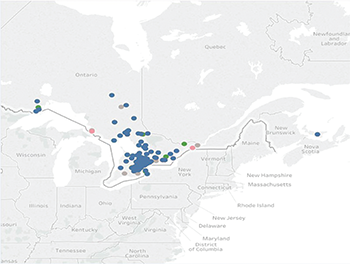- A deep understanding of the patient’s mental and socioeconomic state of being when they are being assessed;
- Consideration of their health state (e.g., flares) between assessments;
- An outline of their probability for a specific disease trajectory (prognosis and likelihood for disease progression, as appropriate); and
- A grasp of the practical aspects (e.g., support structures; level of physical, mental and financial independence; limiting beliefs; level of support from payers, healthcare providers and/or others involved in the care plan) required to create a suitable plan of action to achieve the shared outcomes sought.
Holistic care couples health promotion and prevention of future events with disease management.
High-quality integrated care is a model in which a holistic consideration passes through an evidence-based filter and is narrowed to practical options presented to the empowered patient for shared decision making. The paradigm to follow includes a consideration of the patient’s values and preferences.28
The Third Knot: The Team to Execute Holistic Care

Patients come to the new practice from all over the area, many drawn by the concept of integrated care for rheumatic disease and pain management.
I was able to assemble a team that includes educators (for pharmaceutic therapies, osteoporosis/supplement management and exercise), nurses, a chiropractor, an educator from the Arthritis Society, a dietician, patient advocate/peer support and a group of like-minded physicians, including primary care physicians with a focus in musculoskeletal disorders.
The determination of how to provide care in a team context is as important as the specific care to provide. Our team shared ideas through on-site educational programs and shared thoughts at the bedside of the patient in challenging cases where there was chronic, widespread, musculoskeletal pain.
1 Year Later: A Care Revolution
In a 12-month period, 971 patients have been seen at our site with more than one follow-up visit. Of those, 47% have inflammatory arthritis or osteoarthritis, 17% have connective tissue disease, and 36% have fibromyalgia. Surprisingly, many of our patients came from communities outside of North York (see map, above), including Thunder Bay, North Bay and Prince Edward Island.
Notably, some patients looking specifically for integrated care for rheumatic disorders and pain management found us through word of mouth. This suggests this model could lend itself to other communities. In the next phase of our model, we will be providing telemedicine services to reach these communities more effectively.
After one year, we found:


